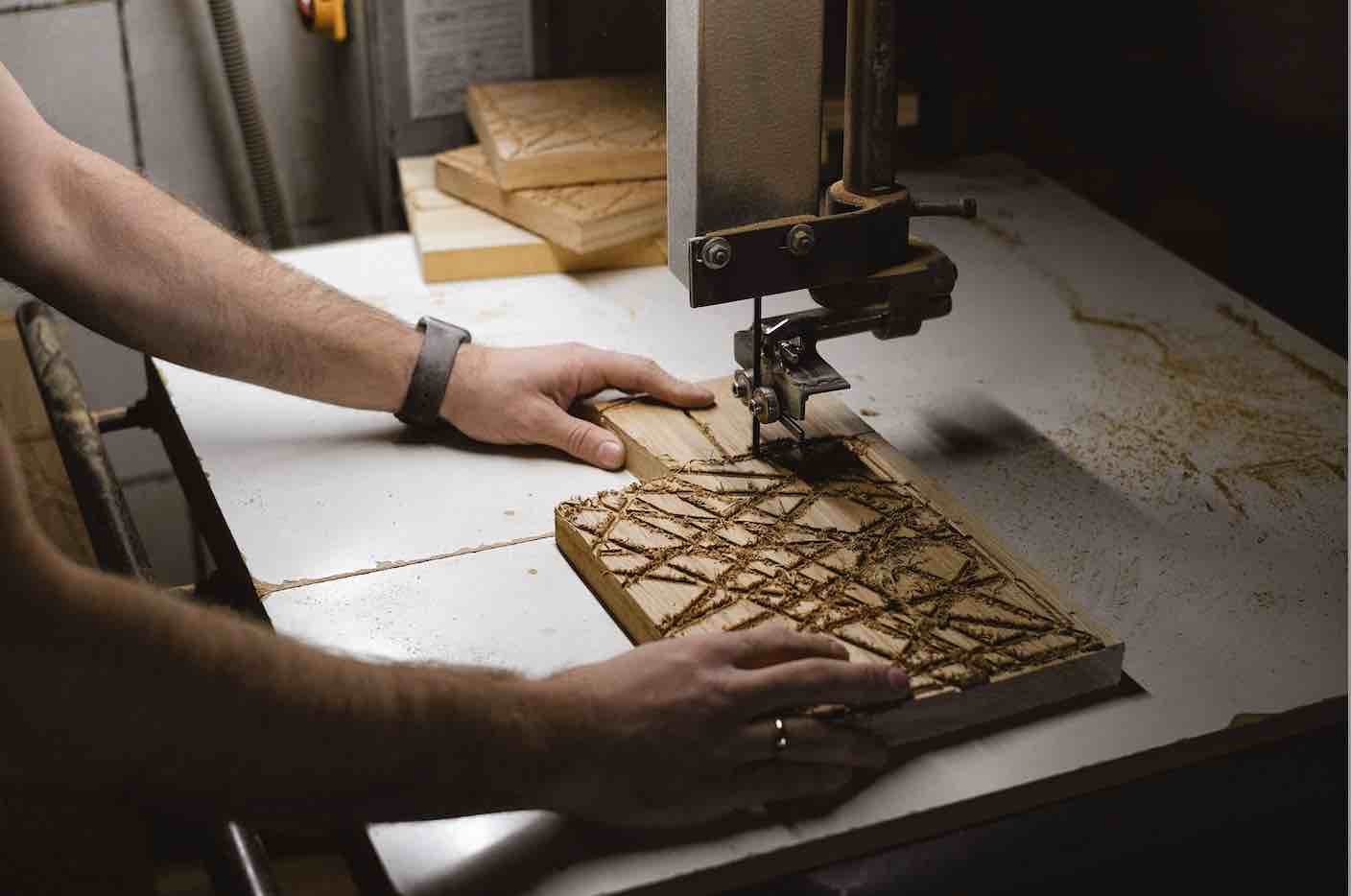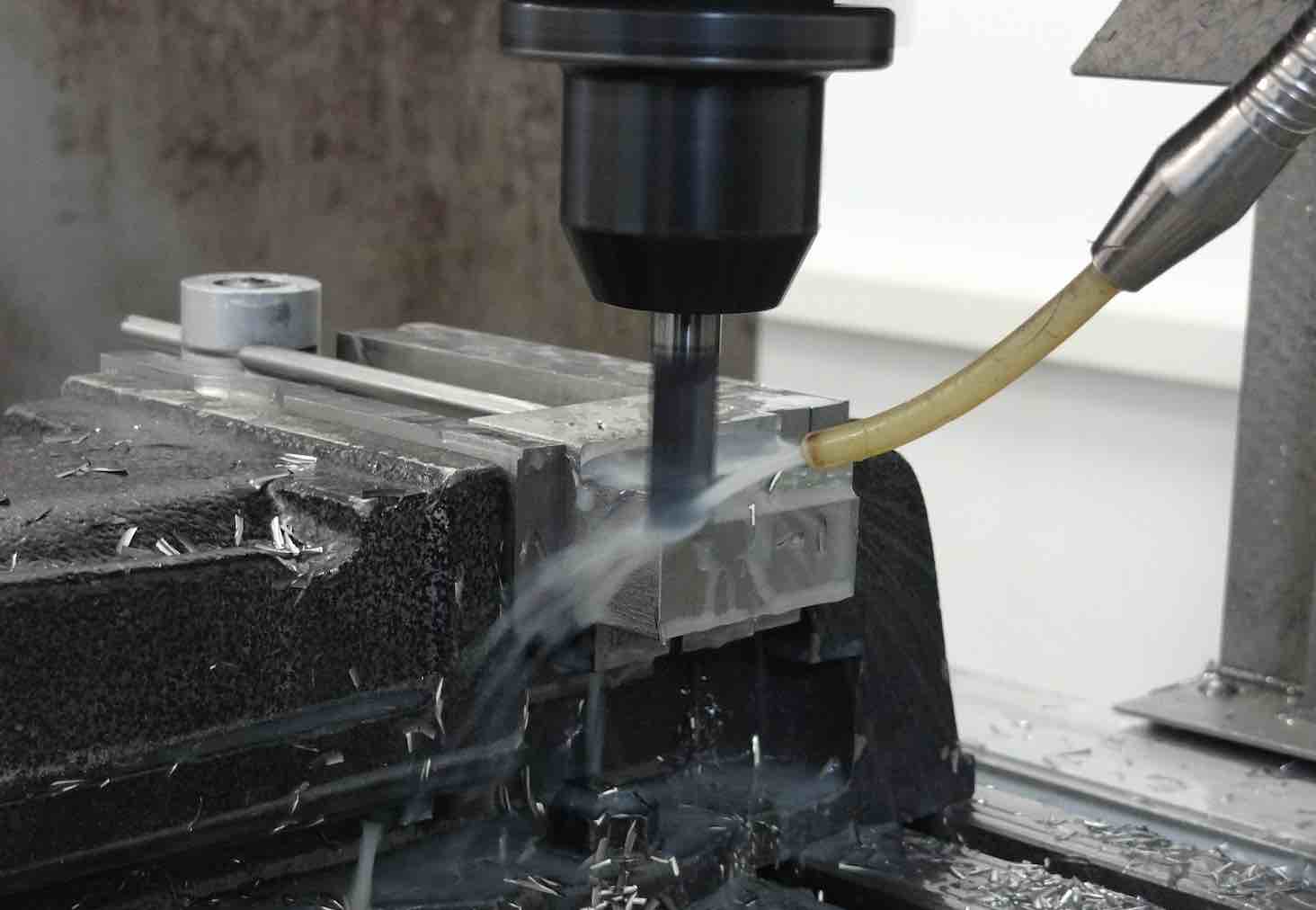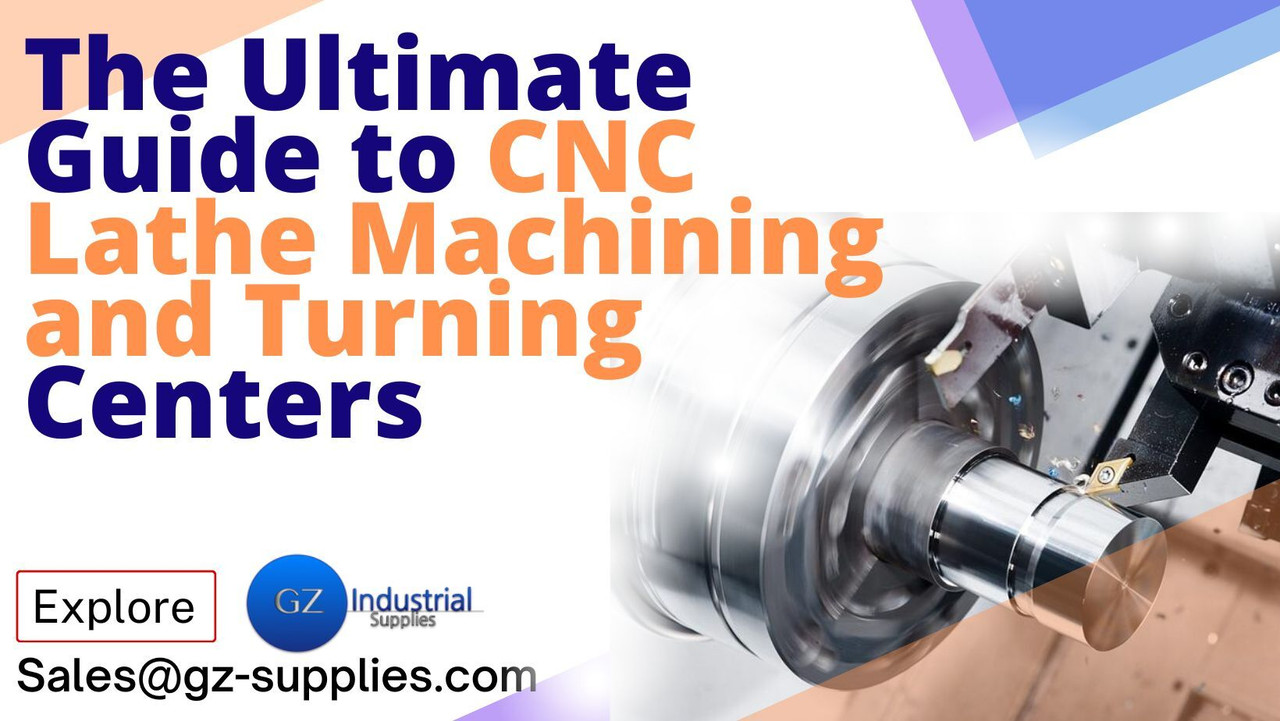The Ultimate Guide to CNC Lathe Machining and Turning Centers
CNC Lathe Machining and Turning Centers
The lathe machine has existed for centuries and is still employed in various industries to create several items, from artisan wooden bowls to heavy machinery components.
On the other hand, CNC turning centers are an evolutionary upgrade over the CNC lathe machines since lathes only operate on the workpiece across the X and Y axis, in contrast, turning centers possess 3-axis, 4-axis, and 5-axis operational capabilities.
Lathe Machining vs. CNC Turning Centers
Definitions and Overview
- Lathe Machines
A lathe machine performs various operations, including sanding, cutting, drilling, deformation, knurling, and turning, by rotating a workpiece about a particular rotational axis.
- CNC Turning Centers
CNC turning centers are advanced and upgraded lathe machines that can work with 3, 4, or 5 axes and offer a dozen cutting capabilities such as drilling, milling, turning, and tapping.
Contrasting Differences
In contrast to lathe machines, horizontal CNC turning centers are a generational leap in almost every domain. While lathes can only operate on two axes, turning centers broaden this horizon to 3-axis, 4-axis, and 5-axis capabilities.
A CNC turning center is also less complex in terms of operation because everything is monitored and controlled by a computer. This level of automation allows CNC turning centers to move across all axes simultaneously without compromising precision.
Parts and Components
Lathe Machines
- Machine Bed: The machine bed is the primary base on which the parts get mounted.
- Main Spindle: The main spindle comprises the spindle drive system and spindle assembly. Most moving components get packed into the main spindle, such as gears, motors, and the chuck.
- Sub-Spindle: The optional sub-spindle operates in sync with the main spindle to execute primary and secondary cutting tasks and boost production efficiency.
- Chuck: The job of the lathe chuck is to hold the workpiece to perform accurate machining and ensure safety.
- Guideway: The guideway allows the cutting tool to traverse vertically and horizontally and perform a continuous smooth cutting process.
- Headstock: The headstock houses the primary motor and the main spindle mounted on the chuck.
- Tailstock: The tailstock is placed opposite the headstock and provides additional support when machining shafts and other similar long workpieces.
- Tool Turret: This component lets you change the cutting tools whenever necessary. The cutting tools' number and size determine the size of the turret.

Turning Centers
- Machine Bed: The machine bed is the main base for a CNC turning center where other parts get mounted.
- Headstock: The headstock is a wall-holding device situated on the machine's left side. It houses the master spindle linked to servo motors.
- Sub-Spindle: The optional sub-spindle operates in sync with the main spindle to execute primary and secondary cutting tasks and boost production efficiency.
- Tailstock: It provides axial support when machining shafts and other similar long workpieces.
- Chuck: Chuck is a three-jaw hydraulic component that holds the workpiece to perform accurate machining and ensure safety.
- Tool Turret: A tool turret lets you change the cutting tools whenever necessary.
- Guideway: A guideway facilitates the horizontal and vertical traversal of the cutting tool to perform a continuous smooth cutting process.
Different Types
Lathe Machines
- Standard 2-Axis Machine: 2-axis CNC lathes employ outside diameter (OD) tooling to remove material from the workpiece and perform standard functions around only two axes.
- 3-Axis CNC Lathe: A 3-Axis CNC lathe features high-speed live tooling, enabling the operator to perform standard turning operations, milling machine operations, and drilling.
- Multi-Axis Machine with Sub-Spindle or Dual Turrets: This CNC lathe lets the operator turn both of the workpiece's sides in a single operation rather than having it removed from the chuck and then flipping it around.
- Chucking Lathe: The Chucking CNC lathe does not have a tailstock and is typically constrained to small parts due to the absence of support provided by a tailstock.
- Big Bore CNC Lathe: A Big Bore CNC lathe is a heavy-duty turning machine that provides a greater bar capacity. It is ideal for huge diameter components, including flanges, pipes, rollers, and shafts.
- Swiss CNC Lathe: This CNC machine manufactures smaller components expeditiously and accurately by having the round bar stock fed through a guide bushing straight into the machine's tooling space.

Turning Centers
- Standard 2-Axis CNC Machine: 2-axis CNC lathes employ outside diameter (OD) tooling to remove material from the workpiece and perform standard functions around only two axes.
- 3-Axis CNC Lathe: This machine fixes the workpiece on a machine bed and has rotating drills connected to a spindle that operates along the X, Y, and Z axes of the material. The 3-axis of rotation removes shavings and adds accuracy to the final component.
- Multi-Spindle/Dual Turret: These machines feature dual spindles that are equal or have one main and one sub-spindle and two turrets which helps minimize machining time.
- Chucking Lathe: A chucking lathe clamps a workpiece firmly on a lathe to perform turning operations. It is also used on an indexing fixture to perform milling.
- Flatbed CNC Lathe: A flatbed CNC lathe comes with a removable gap that deals with bigger turning diameters.
What are the advancements in CNC machining?
Some of the modern innovations in workshop tools is the impact of technology in CNC. A good example of the future of CNC machining is the emergence of Industry 4.0 technologies, such as the Internet of Things (IoT) and big data analytics. These technologies allow CNC machines to communicate with each other and other systems in real-time, enabling them to share data and coordinate their actions.
Final Words
CNC lathe machines and turning centers do not have an official level of distinction, except that turning centers are the advanced variants of lathe machines since they can operate on multiple axes. CNC turning centers can perform operations that include drilling, milling, turning, and tapping. On the other hand, a lathe machine can perform operations such as sanding, cutting, drilling, deformation, knurling, and turning. As the axis count increases in a lathe machine, it becomes a turning center.
About the Author:
Peter Jacobs
Peter Jacobs is the Senior Director of Marketing at CNC Masters. He is actively involved in manufacturing processes and regularly contributes his insights to various blogs on CNC machining, 3D printing, rapid tooling, injection molding, metal casting, and manufacturing in general.







